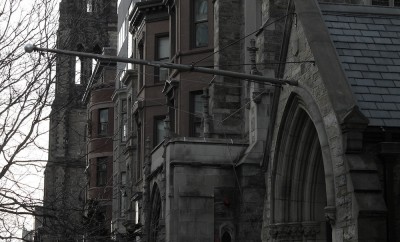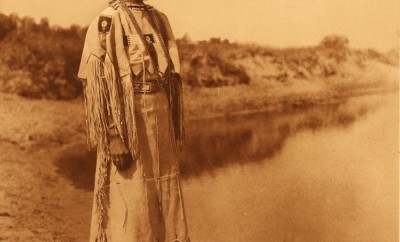Cultures
Prohibition history: How people still got alcohol

Image: Shutterstock/Everett Historical
On the eve of January 17, 1920, the day that the United States would become an “alcohol-free” country, everyone and their grandma went out for one last shopping trip for alcohol, and for one last legal drink in bars. It was the beginning of a very unpopular, thirteen-year prohibition on the production and sale of alcohol. Most folks, however, weren’t going to stop drinking just because the state said not to. Here’s a look at some of the ways people got their hands on alcohol despite the ban.
Technically, the Prohibition forbade the manufacture, sale and transportation of alcohol, but not its consumption. That meant that if you had already bought wine, beer or liquor before the ban went into effect, you were allowed to drink it in the privacy of your home. Since most people didn’t have boatloads of disposable money for alcohol, they just had a few bottles at home. But some rich people stocked up enough to last them a lifetime. They built huge wine cellars and bought out entire liquor stores to ensure they would never be without that much needed cognac at the end of the day.
The Prohibition also allowed individuals to make their own wine and cider, but not beer, in limited quantities. So instead of buying wine, some began buying grapes to turn into wine. Although beer was illegal to fabricate, brewers stayed afloat by producing and selling malt syrup, a legal product that just needed yeast and water to make beer. Likewise, the wine industry was saved by the sale of “wine bricks,” which were solid blocks of wine concentrate that, dissolved in water, were ready to drink.
There were a couple interesting exemptions from the Prohibition: churches, synagogues, and pharmacies. Churches and synagogues were allowed to buy wine for religious purposes, but just like you would expect, the number of questionable rabbis and priests soon skyrocketed, and this permission was abused. It may be hard to imagine today, but priests and rabbis who doubled as wine providers for secular consumption were the equivalent of modern-day drug dealers.
Drugstores, also exempt from the Prohibition, became hot spots for the sale of alcohol. This is because, at the time, alcohol was widely prescribed as a form of medication for a great number of illnesses, including toothaches and the flu (a contemporary leftover of this medical practice is drinking Hot Toddies as a cure for a cold). Needless to say, as of January 1920, patients started making a lot more doctor’s appointments, and doctors started giving out a lot more prescriptions for “medicinal” wine and whiskey. A prescription could get you up to a pint of hard liquor every ten days—a hefty quantity of alcohol considering the state had tried to ban alcohol altogether. Drug stores naturally became the legal façade of the illicit speakeasies that are today iconic of the Prohibition era.
Between individuals’ private stash and their homemade wine and cider, between medical prescriptions and speakeasies, if you wanted to get your hands on some alcohol in the 1920s, the Prohibition wasn’t going to stop you.





0 comments